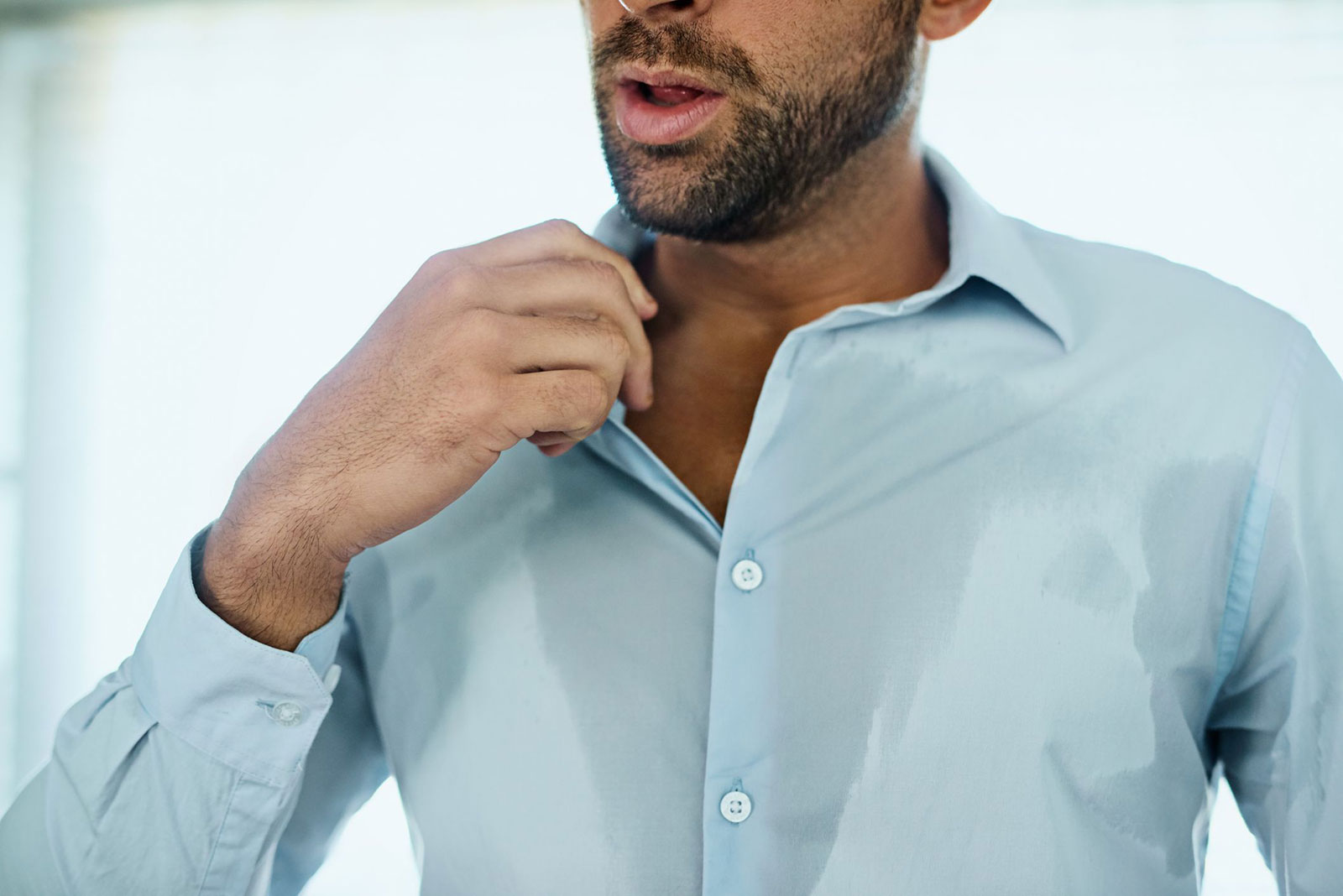Symptoms of poor blood circulation in the legs + video
The body’s circulatory system is responsible for transporting oxygen and nutrients to all the cells in the body. Still, if the blood vessels are in a closed, tight, or narrow area, the blood circulation in the body is reduced. Poor blood circulation in the legs, which are the second heart of the body, is associated with various symptoms that can sign an underlying disease.
Watch the video :
If you regularly feel cold or numb in your legs and notice discoloration in your legs, read this article to know more about the symptoms of poor circulation in the legs, possible causes, treatments, and self-care methods.
Watch the video :
Symptoms of poor circulation in the legs:
Although it is normal for the feet to cool slightly in the winter or after standing for long periods, beware of vague or recurring symptoms, especially in adults with diabetes and obesity or smoking. Here are some signs of poor circulation that you may notice if you have a circulatory disorder:
- Abnormal cold
- Needle needle
- Inflation
- The legs are blue or purple
- the pain
- Heavy on the legs
- Creating varicose veins
- color change
- Scaly or itchy rash
- Stop hair growth on the ankle
- numb
- blood pressure
- Fatigue
You should see a doctor if your circulatory symptoms continue. Poor blood circulation can cause minor discomfort to a fatal condition if left untreated, and even a small obstruction can endanger a major organ, including the heart, brain, or lungs.
Loss of blood flow also causes recovery, fatigue, and pain, so older people with these poor circulatory symptoms should see a specialist for diagnosis and treatment.
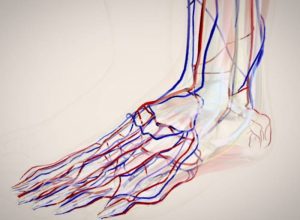
Causes of poor foot circulation:
What causes poor blood circulation? Some seniors experience poor blood flow to their legs due to poor lifestyle or illness. It is important to know that poor circulation in the legs depends on the cause, so it is important to know the causes.
Age
Unfortunately, due to less sensitive receptors and thickening of the aorta with age, some circulatory disorders that affect blood pressure can be prevented.
Sedentary lifestyle
Proper blood flow requires movement to maintain heart health and mental pumping, so the elderly and sedentary may have circulatory problems.
Obesity
Being overweight forces the heart to work harder to pump blood, and it also puts more weight on the legs, leading to circulatory problems.
Deep vein thrombosis
It is a blood clot that forms deep in the body and often in the foot, blocking blood flow to the foot and causing a fatal pulmonary embolism if released.
Diabetes
Diabetes can cause swelling, high blood pressure, and circulatory disorders in the legs, and neuropathy, a separate disease with similar symptoms to circulatory problems in the legs.
Atherosclerosis
Atherosclerosis is a common cause of poor blood circulation. Many other causes of poor circulation, such as obesity, smoking, inactivity, and diabetes, increase the risk of atherosclerosis, which is especially important in treating this disease.
Peripheral vascular disease
It is a disease that affects the arteries and vessels outside the heart and brain and is caused by atherosclerosis, restricting blood flow to all organs, especially the legs. This disease causes severe circulatory problems.
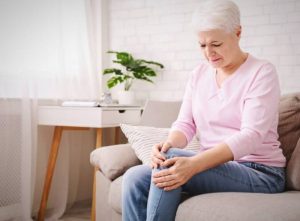
smoking
Smoking increases the risk of atherosclerosis and deep vein thrombosis and makes blood flow to the arteries less difficult.
Venous insufficiency
Venous insufficiency can occur at any age. Due to vascular damage or weakness, it leads to fluid accumulation in the legs, vascular swelling, venous thrombosis, and circulatory problems.
Home remedies to improve blood circulation in the legs:
Some people are unaware of circulatory health, but it affects the most vital organs and abilities. Their importance increases with age, so do not wait for more severe symptoms and explain the recovery steps below.
Proper diet and ideal weight
High blood pressure often has no symptoms and can lead to decreased blood circulation and peripheral vascular disease. Eat pomegranate, sweet potato, salmon, and olive oil to improve blood circulation. Eating healthy foods like cinnamon, berries, and dark chocolate lowers blood pressure, so don’t ignore them.
High salt intake tightens blood vessels and affects blood circulation. In addition, it can cause blood vessels to swell and increase blood pressure, which in turn blocks blood flow. Therefore, you should reduce your intake of processed foods such as ketchup, frozen foods, and canned foods high in sodium.
Sport
Exercise is essential for heart health, and everyone can enjoy light exercises such as walking, yoga, and swimming. Although the pain caused by poor blood circulation in the legs may make them worried about exercise, it will positively affect their symptoms. It is better to continue doing simple and light exercises without worry.
Keep your legs up
Keep your legs up to prevent inflammation and restrict blood flow. To do this, you can use a chair with a movable back or put a blanket under your feet so that you can keep your feet up when resting. The use of a toilet is essential because the contraction of the legs restricts blood flow and should be avoided.
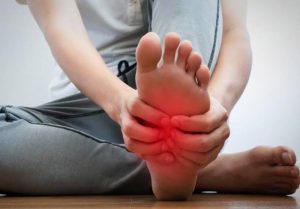
Heat and compression
Pressure helps increase blood flow, so try tight socks or pneumatic compression devices recommended by your doctor.
The pressure exerted through foot massage can also increase blood circulation and reduce both pain and swelling. Use thicker socks, extra blankets, or warm pads to counteract the limited blood flow in colder weather.
Quit smoking
Smoking directly impedes blood circulation and leads to other diseases, and quitting this habit will allow you to improve blood circulation problems in the legs greatly.
Drink as much as a cup of tea
The antioxidants in tea can improve blood circulation, and this is true of black and green tea.
Avoid caffeine, nicotine, and alcohol.
Caffeine and alcohol can constrict blood vessels, narrow blood vessels, and aggravate Raynaud’s disease. Smoking increases the risk of cardiovascular disease.
Hot bath
The effects of a hot bath on blood circulation are not as great as exercise, but they can be beneficial.
Drinking water
When you drink enough water, the heart can easily pump blood to the muscles through blood vessels. The amount of water needed to drink depends on the amount of activity, weather, and clothing type.
Wheels under the table
If you sit a lot or spend a lot of time in front of the TV, use the wheel under the table because pedaling while sitting increases blood circulation in the legs, exercises the muscles, and burns calories.
Massage with rosemary oil
Do this massage yourself, or ask a good physiotherapist or massage therapist to do it for you because rosemary has anti-inflammatory properties that can improve blood circulation in the lower extremities.
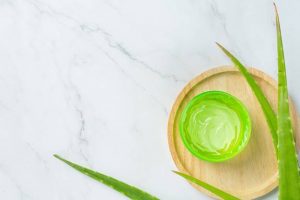
Use aloe vera gel
Aloe vera gel is a substance that helps to hydrate the skin when applied topically. Due to the importance of this issue for better relaxation and sleeping at night, aloe vera is highly recommended.
According to research, this anti-inflammatory substance is also strong and can help strengthen blood circulation, benefit from its properties, massage your feet with aloe vera gel.
Drinking hawthorn tea
By drinking this tea 2 to 3 times a week, you can benefit from its natural ingredients, including triterpenoids, flavonoids, polyphenols, tannins, and pectins. Due to its blood purifying and diuretic properties, Hawthorn can prevent water retention and improve blood circulation.
If you are taking medication, it is best to consult your hawthorn doctor before trying this method, especially when treating heart disease.
Drink carrot and orange juice for breakfast
Drinking natural fruit juice with breakfast is very effective because carrots and orange juice are very useful in improving blood circulation due to their properties and nutrients.
Consumption of Indian chestnut
There is some evidence that chestnut extract as a dietary supplement helps blood circulation in the legs.
Consume pepper
Consumption of red pepper, especially in powder form, increases blood circulation.
Suitable sports movements to increase blood circulation in the legs:
If you need to rest for rest or any other issue such as rest, maintaining blood circulation in the legs is important to prevent blood clots, and the following movements can be helpful.
Lying movements
Ankle pumping:
- Lie on your back and bend your legs straight, do this ten times.
- You can do this with one or both feet.
- Repeat ankle pumping at least once an hour.
Knee flexion:
- Lie on your back with your legs straight
- Move one knee to the chest and back and return to the original position
- Repeat this with both knees and ten times.
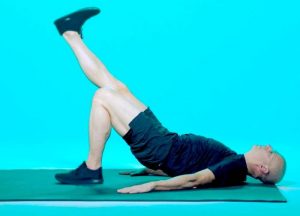
Raise the leg:
- Lie on your back and bend one knee so that the sole is on the ground.
- Keep the other leg straight and lift it so that the knees are level.
- With a controlled movement, slowly lower your foot and repeat this movement ten times.


